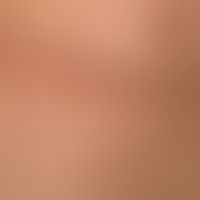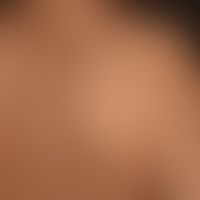Image diagnoses for "Torso", "Nodules (<1cm)", "brown"
46 results with 114 images
Results forTorsoNodules (<1cm)brown
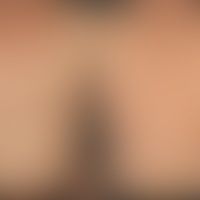
Early syphilis A51.-
Syphilis early syphilis: papular syphilide. No itching. Generalized lymph node swelling. Syphilis serology positive.
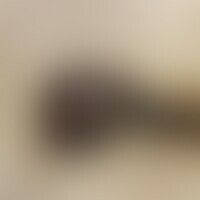
Basal cell carcinoma pigmented C44.L
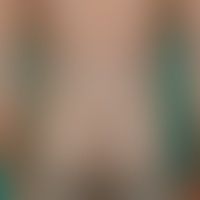
Lichen planus (overview) L43.-
Exanthematic lichen planus (unexplained cause) withgeneralized infestation of the integument and oral mucosa.
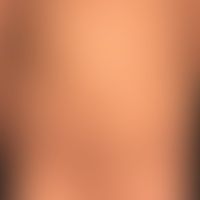
Blaschko lines
Naevus verrucosus: bizarre pattern of this congenital, epidermal nevus that extends in the Blaschko lines.
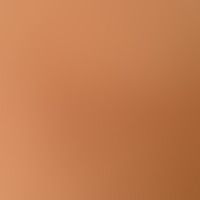
Lichen myxoedematosus discrete type L98.5
Lichen myxoedematosus: Densely grouped, skin-coloured, also light-glassy, clearly increased in consistency, hardly itchy, shiny, 0.1-0.2 cm large, non follicular nodules (compare hair follicles and their topographical relationship to the nodules; see also further illustrations). Clear linear arrangement of the nodules.
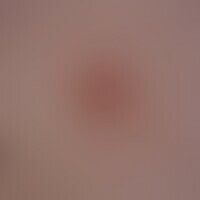
Trichoblastoma D23.L
Reflected light microscopy of a trichoblatoma on the shoulder of a 39-year-old female patient, image from the collection of Prof. Dr. med. Michael Drosner.
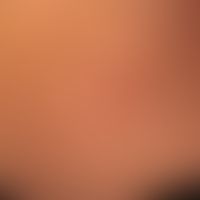
Leiomyoma (overview) D21.M4
Leiomyomas: chronically stationary, existing since earliest childhood, here arranged in stripes, occasionally (pressure) painful, brown-red, flat, firm, smooth papules.
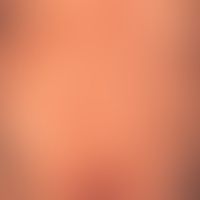
Chronic prurigo L28.1
Prurigo nodularis. chronically active disease pattern, increasing since 5 years. generalized, disseminated, 0.4-2.0 cm large, very itchy, flatly raised or hemispherically raised, rough, red plaques and nodules. numerous excoriations (scratch artifacts). neck, hands and feet are not affected.
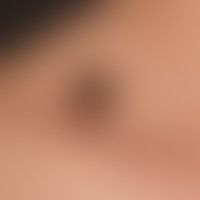
Nevus melanocytic congenital D22.-
Nevus melanocytic congenital: melanocytic nevus unchanged for years.
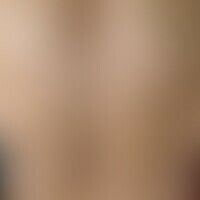
Neurofibromatosis (overview) Q85.0
type i neurofibromatosis, peripheral type or classic cutaneous form. since puberty slowly increasing formation of these soft, skin-coloured or slightly brownish, painless papules and nodules. characteristic for neurofibromas are consistency and the bell-button phenomenon (the papules can be pressed into the skin under pressure). on the flanks on both sides large café-au-lait spots up to 8 cm in diameter. the simultaneous detection of several café-au-lait spots secured the clinical diagnosis here.
